Robin Day's 1960s stackable Polyside chair relaunches
Department store John Lewis and furniture manufacturer Hille are relaunching British furniture designer Robin Day's iconic 1963 injection-moulded polypropylene school chair.
In celebration of the designer's centenary, the British department store has partnered with the manufacturer and the Robin and Lucienne Day Foundation to launch a new edition of Day's polypropylene side chair and arm chair. A new version of Day's 675 chair was also relaunched at last year's London Design Festival.
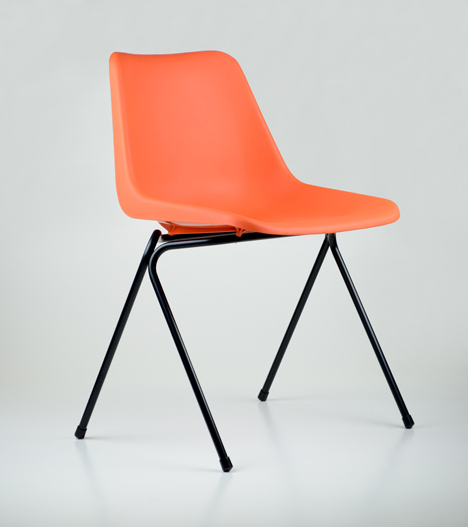
Available in three shades true to the chair's original colours – light grey, charcoal and orange – the new editions aim to restore the "freshness and authority" the chairs commanded when first launched in the 1960s.
The Polyside chair features a plastic seat with rolled edges held on a frame that's a restoration of Day's original P5 stacking frame – previously removed from the design in the 1980s.

The angled front and back legs are each composed of a bent metal rod, joined together by a single weld at each side of the chair. The arm chair has a slightly wider, more bucket-like seat resting on a rectangular metal base.
The Polyside design, which was the first mass-produced injection-moulded polypropylene chair, has sold tens of millions of units around the world since its launch in 1963.
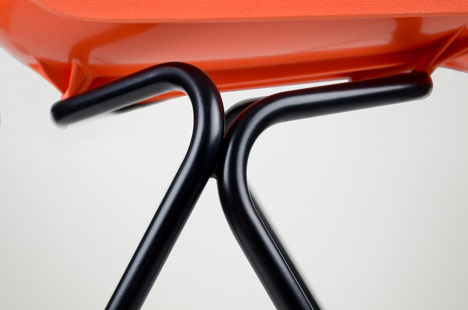
It also marked the first use of polypropylene by the furniture industry. Although the material was developed in 1954, it was only when Day and Hille collaborated with British petroleum company Shell that it found a new role in seating.
Costing just 63 shillings, to correspond with the year of its launch, the chair was a reflection of Day's desire to unite economy with good design.
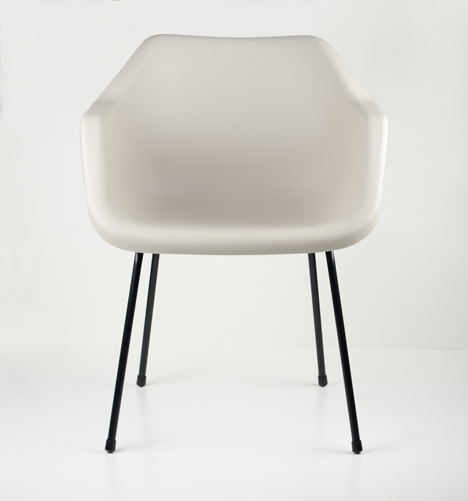
"This chair arose from the need for a multi-purpose side chair at very low cost," Day previously stated. "Some of the uses we had in mind were cafes and canteens, chairs for working at a table, seating in lecture halls and assembly halls, and high chairs for use at bars and benches."
Described by The Architect's Journal as "the most significant development in British mass-produced chair design since the war", the chair was awarded a Design Centre Award in 1965, and provided seating for Mexico City's 1968 Olympic stadium. In 2009 it featured on a series of Royal Mail stamps commemorating British design classics.
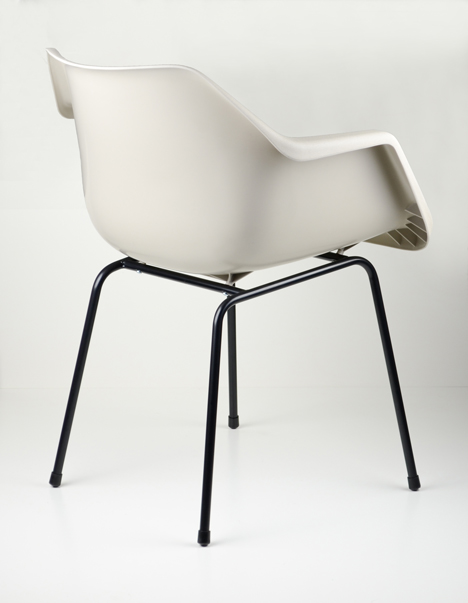
"Now as then there's probably no other chair with such high design status selling at such a low price," said Day's daughter Paula, who founded the Robin and Lucienne Day Foundation to preserve her parents' legacy. "This was something my father passionately believed in – good design that was accessible to everyone."
Related content: see more from London Design Festival 2015
"Working with the Robin and Lucienne Day Foundation to bring this design classic back to its former glory was a challenge and a learning experience," added Brian Foster, managing director at Hille.
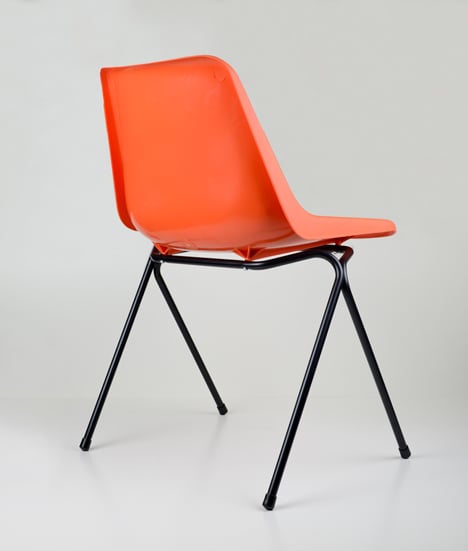
"From matching the original colours to finding the perfect steel frame we persevered and I really feel we have manufactured a polypropylene side chair and armchair that Robin Day would have been very proud of."
The two chairs will be re-launched in John Lewis' Oxford Circus store in London, and will be available as part of the Robin and Lucienne Day range.
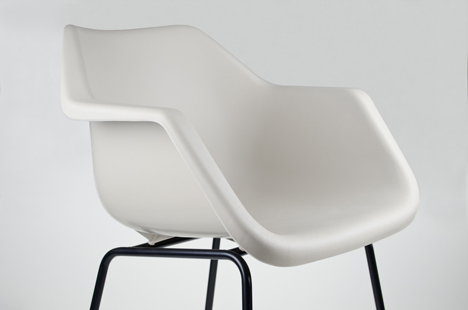
In keeping with Day's philosophy for accessible design, the chairs are priced at £49 and £59 for the side chair and armchair respectively.
A retrospective exhibition of Day's work will also be on display at Case Furniture, showing a range of classic designs including the West Street Chair.
The launch coincides with this year's London Design Festival, which takes place from 19 to 27 September 2015 – see Dezeen's picks of 10 must-see installations and exhibitions at this year's event.
Images courtesy of the Robin and Lucienne Day Foundation.